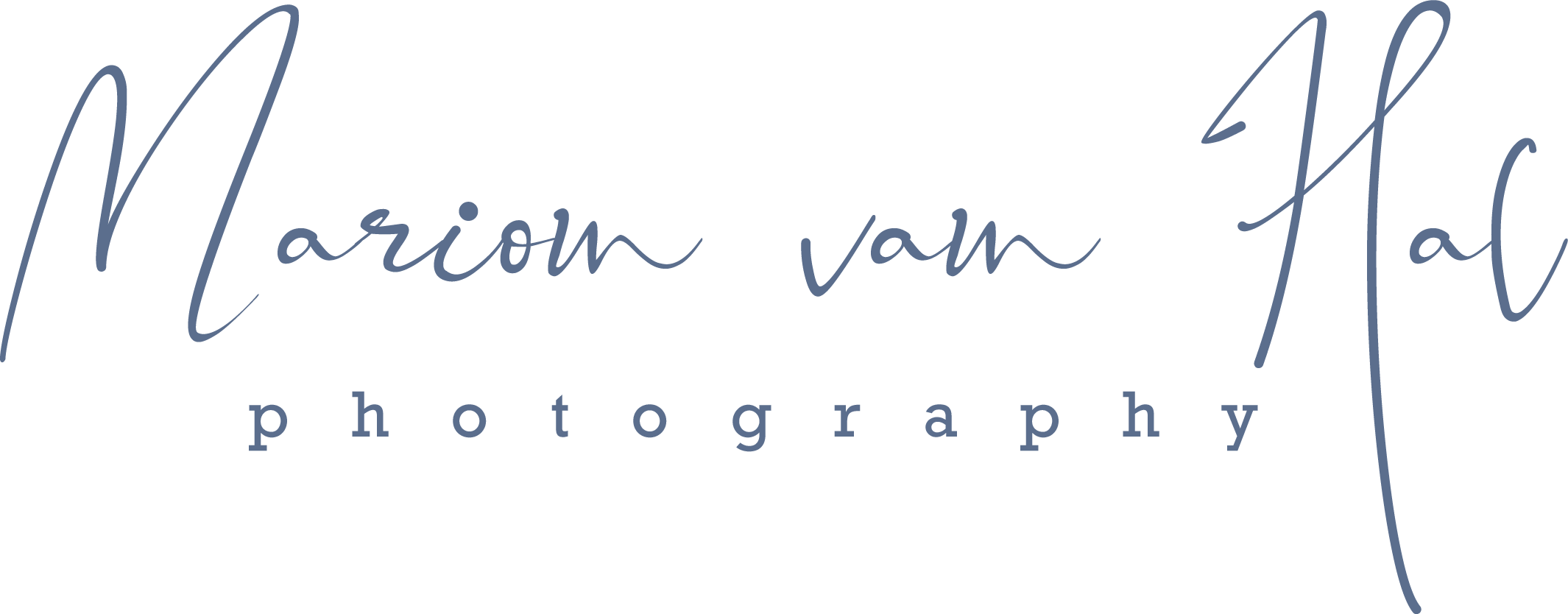The Making Of
The Settings
As briefly explained on the home page, genuine ICM Photography is a creative way of photography which involves the technique of Intentional Camera Movements during the exposure. Manipulating images in Photoshop to achieve the ICM-effect is rejected by real ICM photographers.
Often people want to know how ICM Photography is done by asking for the EXIF data of a specific image they’ve seen online, hoping to replicate the result.
But the thing is: in the field of ICM Photography EXIF data (the data showing the camera settings during the exposure) are meaningless without knowing what intensity and direction of movement(s) was applied, what the lighting conditions were and if so, what ND filter was used. And most important, what the objective of the photographer was.
The Nitty-Gritty
There is no specific rule of thumb in ICM Photography, except for the fact that exposures are deliberately set longer than usual or necessary in traditional photography to achieve the creative ICM effect and there is movement of the camera while exposing. Every scenery as well as the photographers objective requires its own settings, movement(s) and often the use of a Neutral Density filter.
Supposing a camera’s aperture is set to f8 at the lowest possible ISO setting, e.g. 100, and it’s a bright and sunny day …
With these basic settings the available amount of light would define the shutter speed to obtain a correct traditional photo and when the camera is set to automatic you might expect it to result in a reasonable photo.
When setting the camera deliberately to a slower shutter speed the photo would probably result in a somewhat blurry image and at the same time it would be over exposed due to the slower shutter speed causing too much light entering the camera.
Neutral Density Filters
In ICM photography -in this case: the way Marion is creating her images- generally exposure times are often between 1/6 and 3 seconds and in bright conditions a neutral-density filter (ND64 or ND1000) is required in front of the lens in order to achieve longer exposure times without overexposing the photo.
The Neutral Density filter reduces the amount of light entering the lens; the higher the ND-number, the darker the filter, the smaller the amount of light entering the lens will be.
The use of ND filters allows the photographer to select combinations of aperture, exposure time and sensor sensitivity that would otherwise produce overexposed pictures.
Practice
The best way of getting more acquainted with the ICM technique is setting the camera to a fixed ISO and aperture, using an ND filter of your choice, like e.g. an ND64, and just start shooting using one single object with not too many different shutter speeds, intensity and/or direction of movement.
Comparing the results might give you an idea of how to approach the next shots.
Be aware mastering the ICM technique is often about trial and error, and it can take Marion dozens of shots to get the desired result, which, by the way, she often only notices when processing them, because it can be hard to judge a photo on the camera’s display. Don’t be surprised when she’s is coming home with over 500 shots taken, leaving no more than a handful meeting her standard.
The Making Of
When going out for a walk or a ride by bike, Marion always brings her camera with her. Those trips are often interrupted for a stop to take photos.
Even at home her camera is within reach, so don’t be surprised when she runs out into the garden to capture a beautiful sunrise or sunset some, trees shrouded in morning mist on the meadow next to her house or th light through te branches of a tree.
There’s alway a reason to grab the camera and take pictures.

